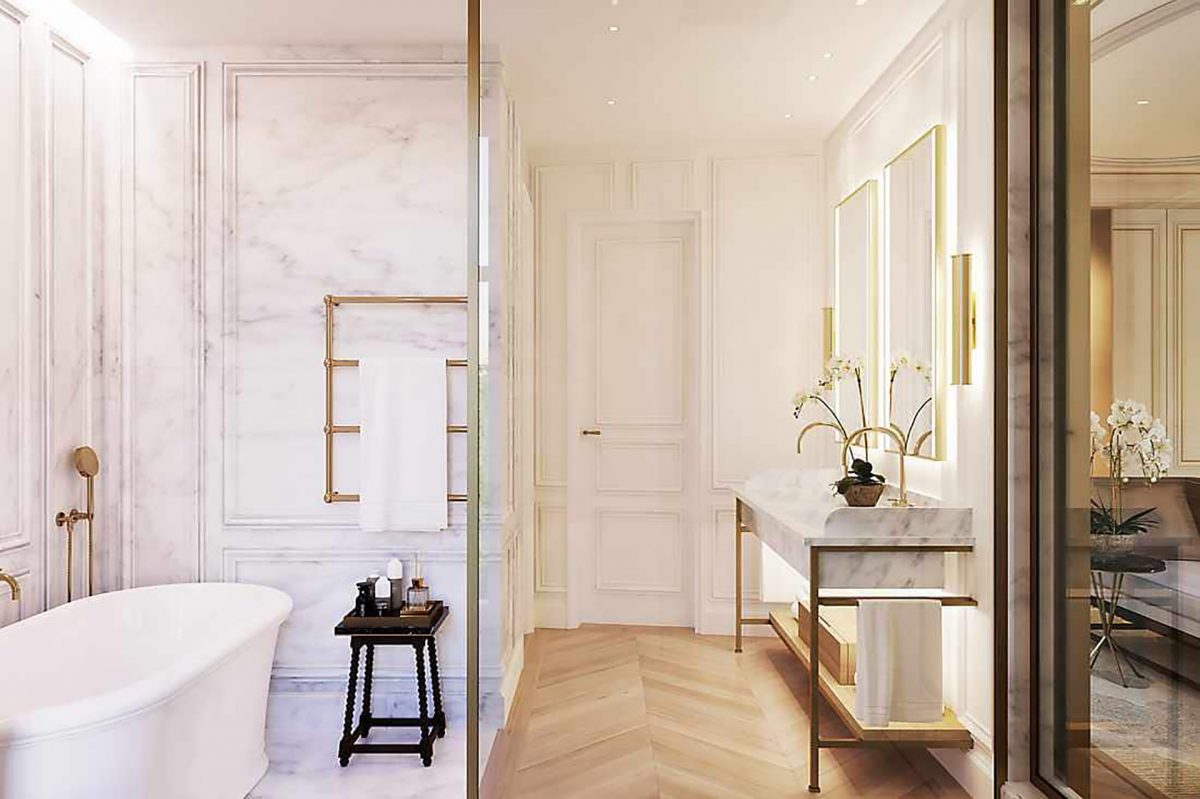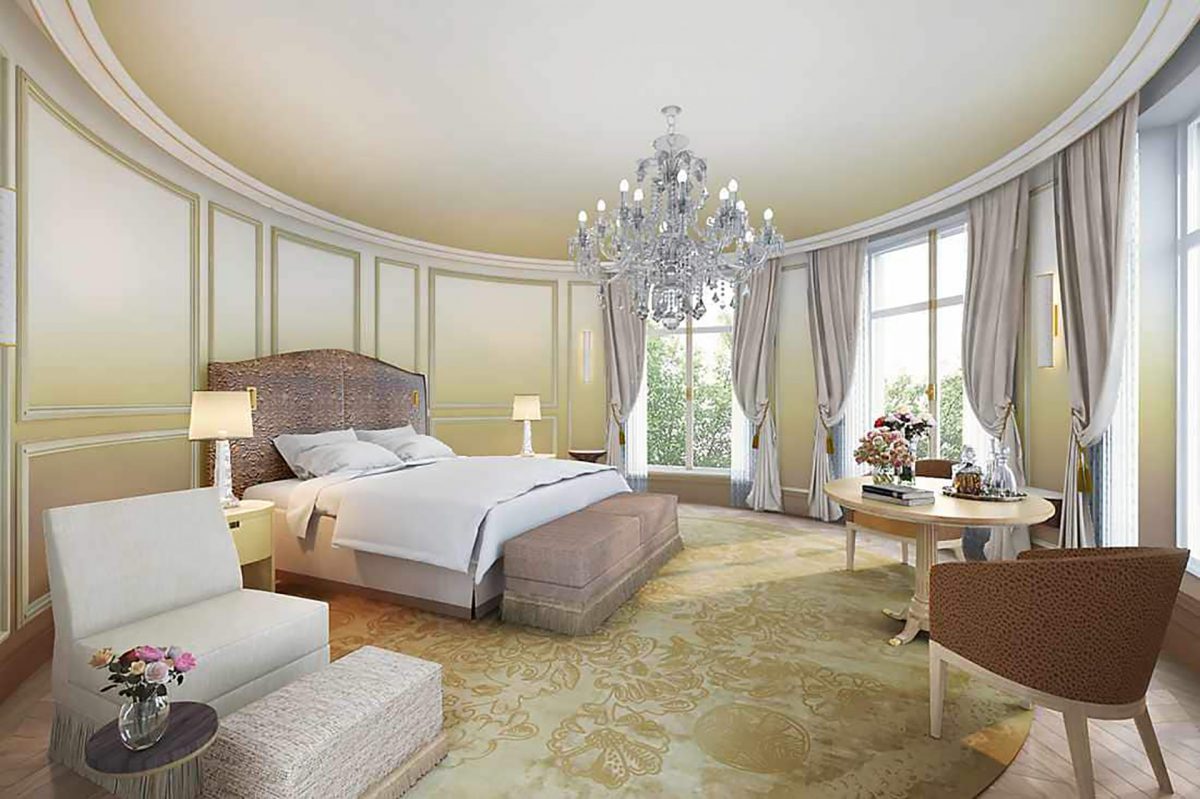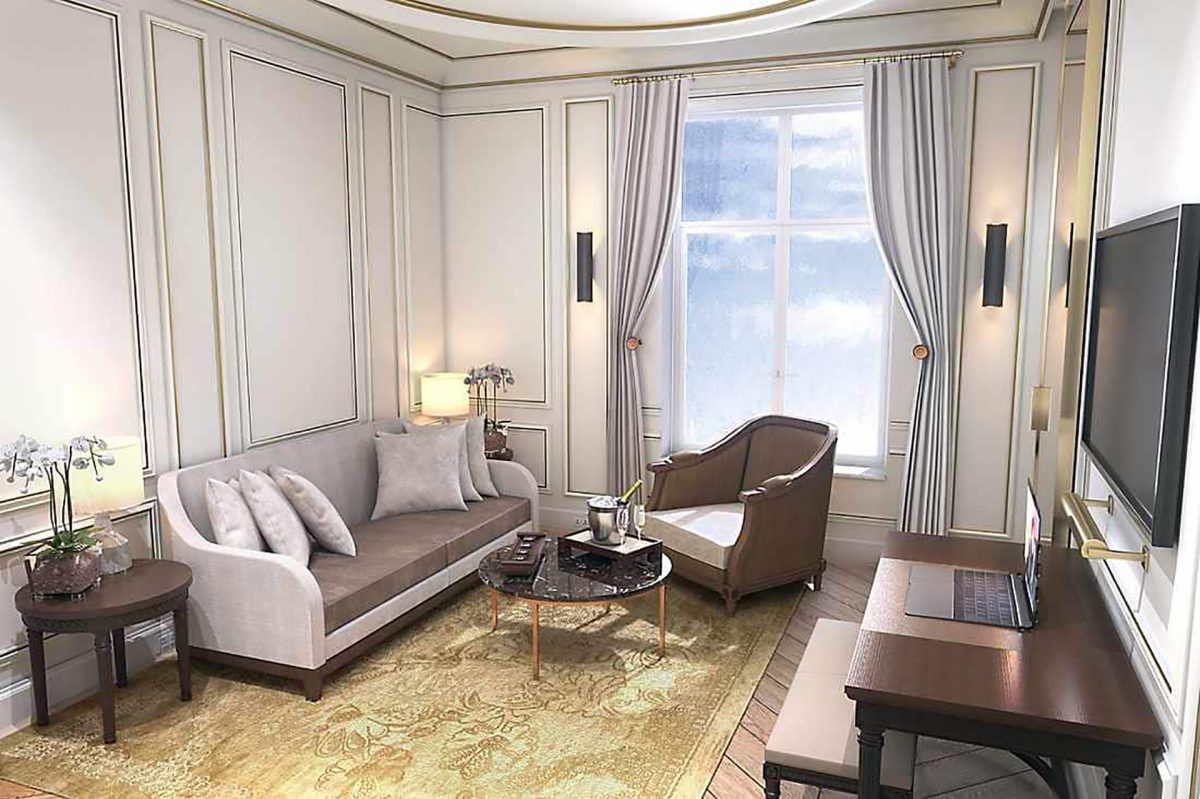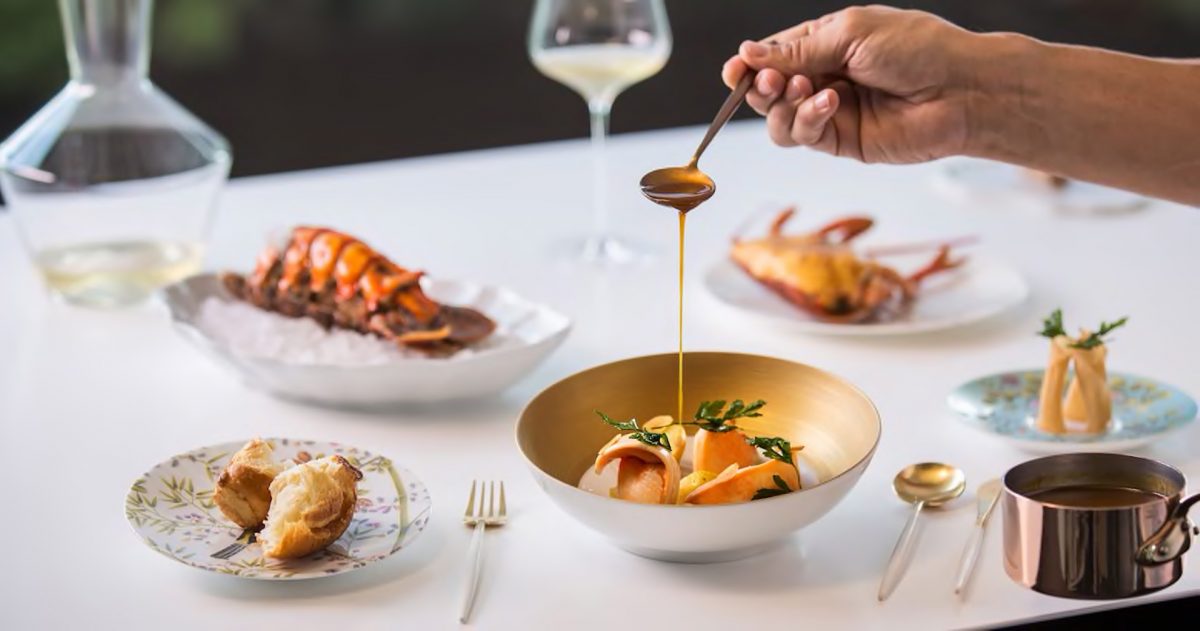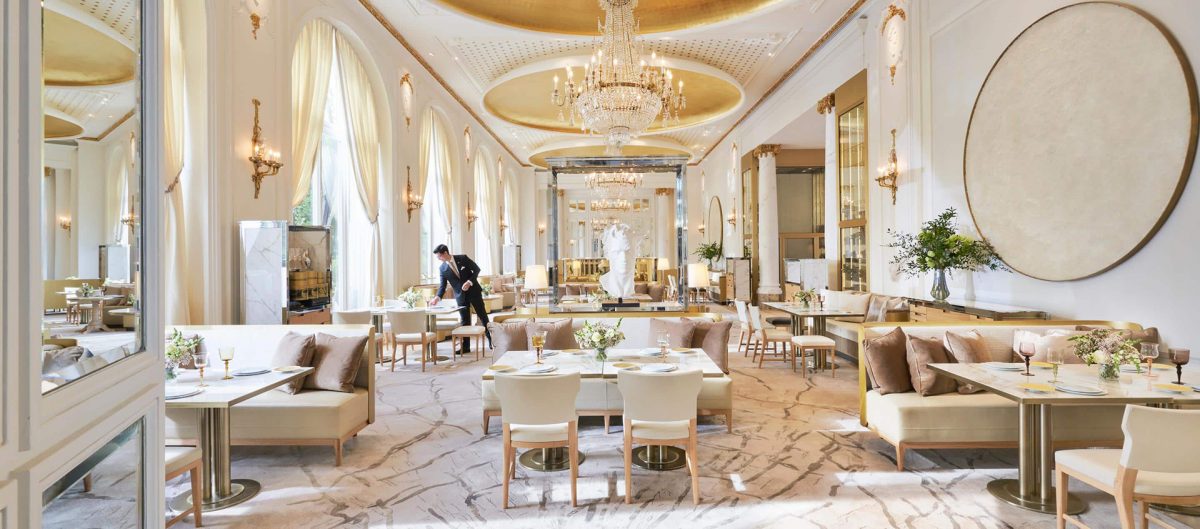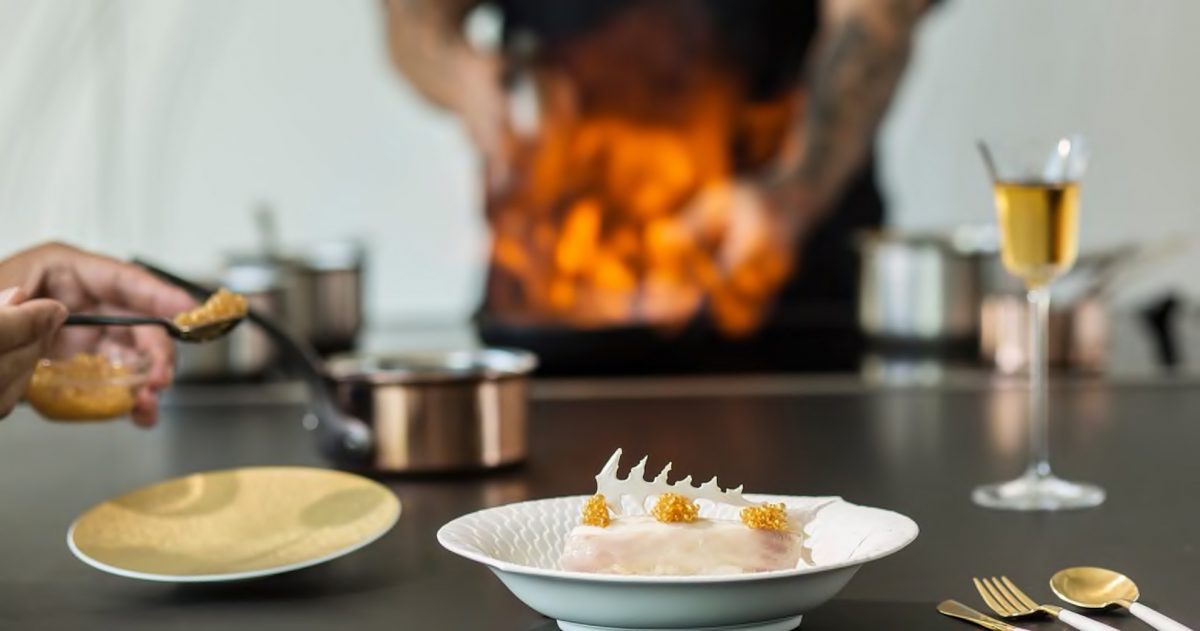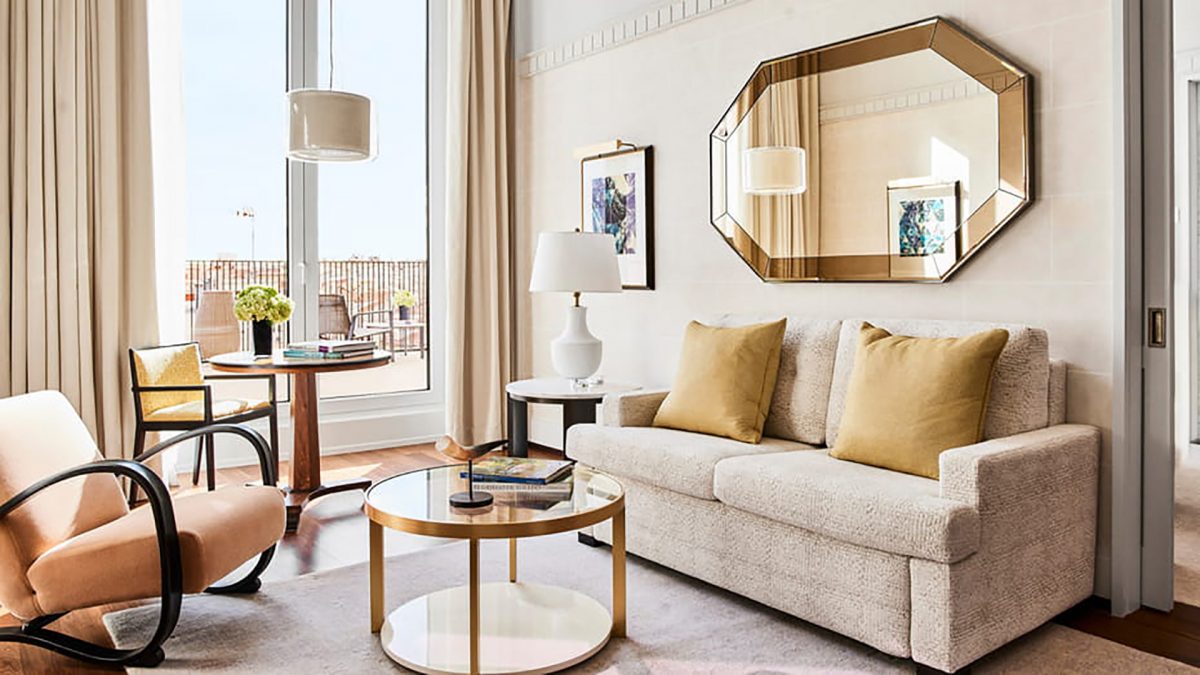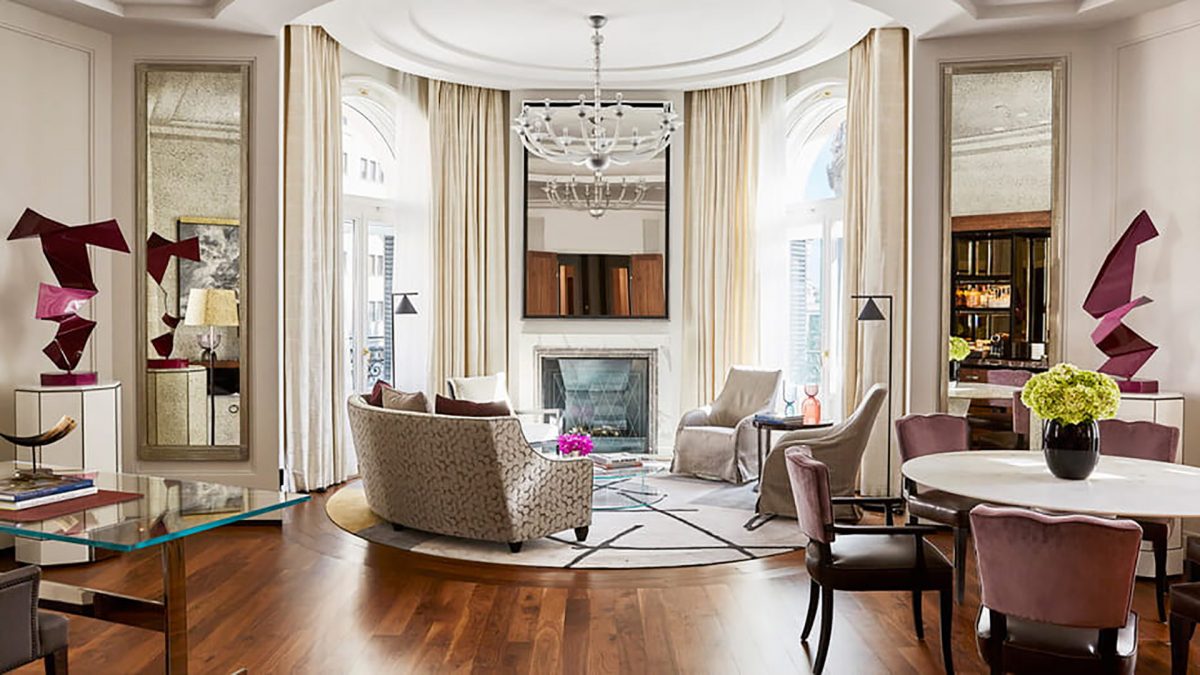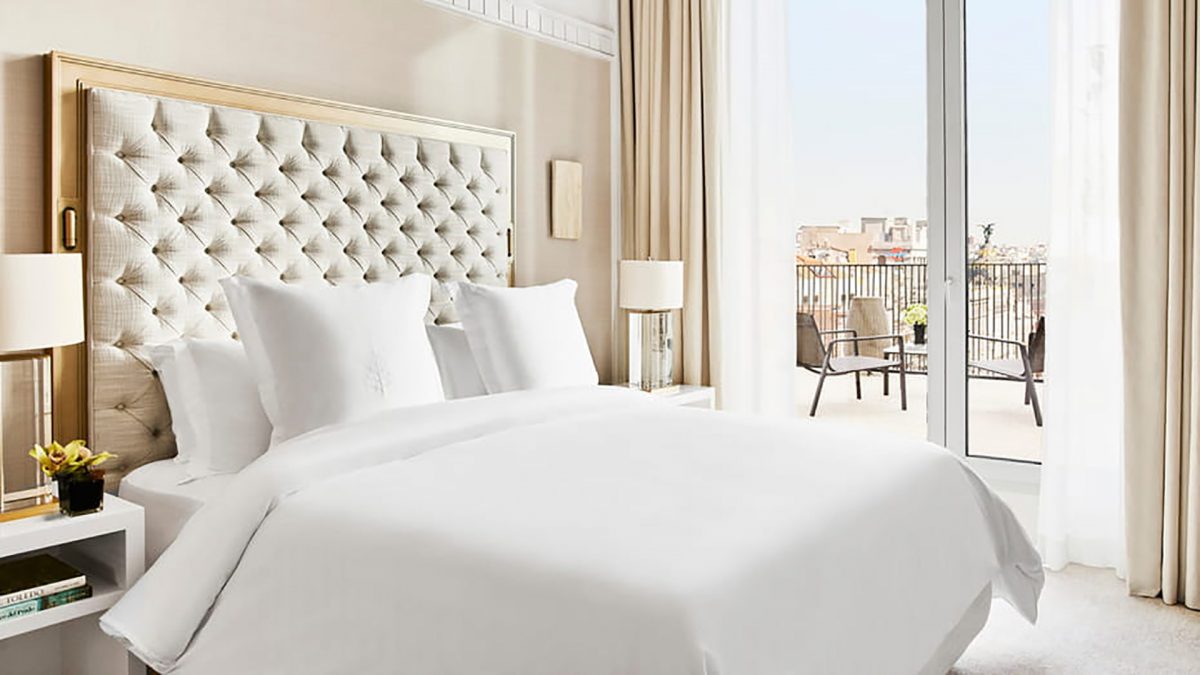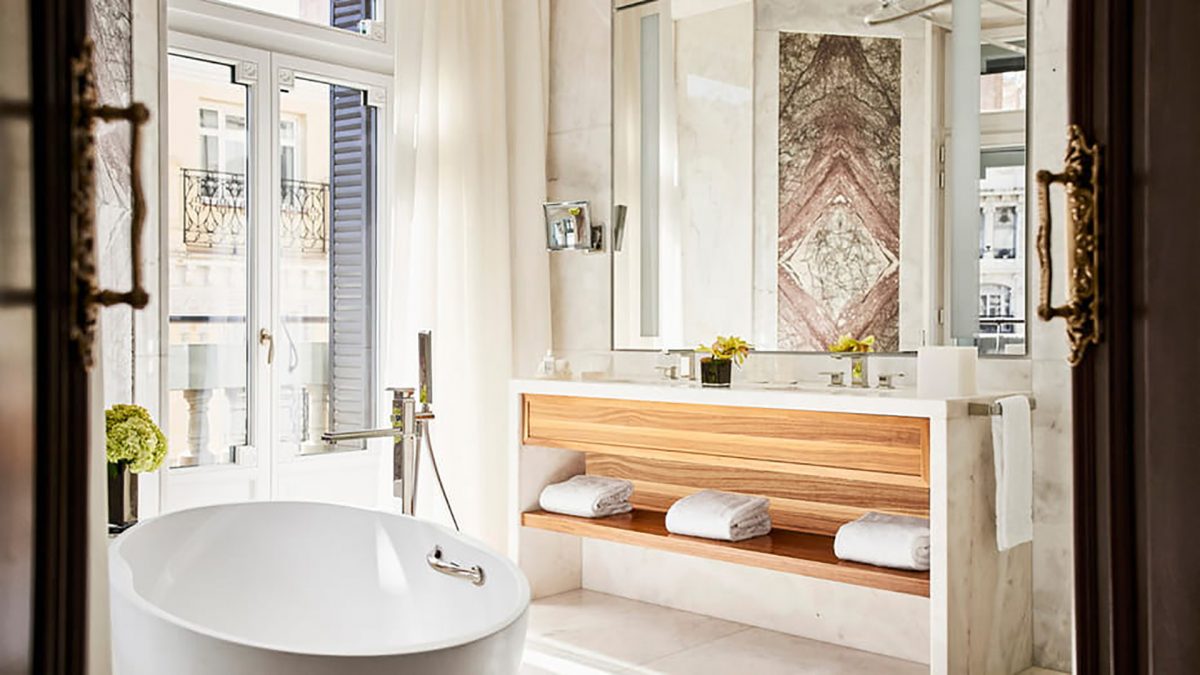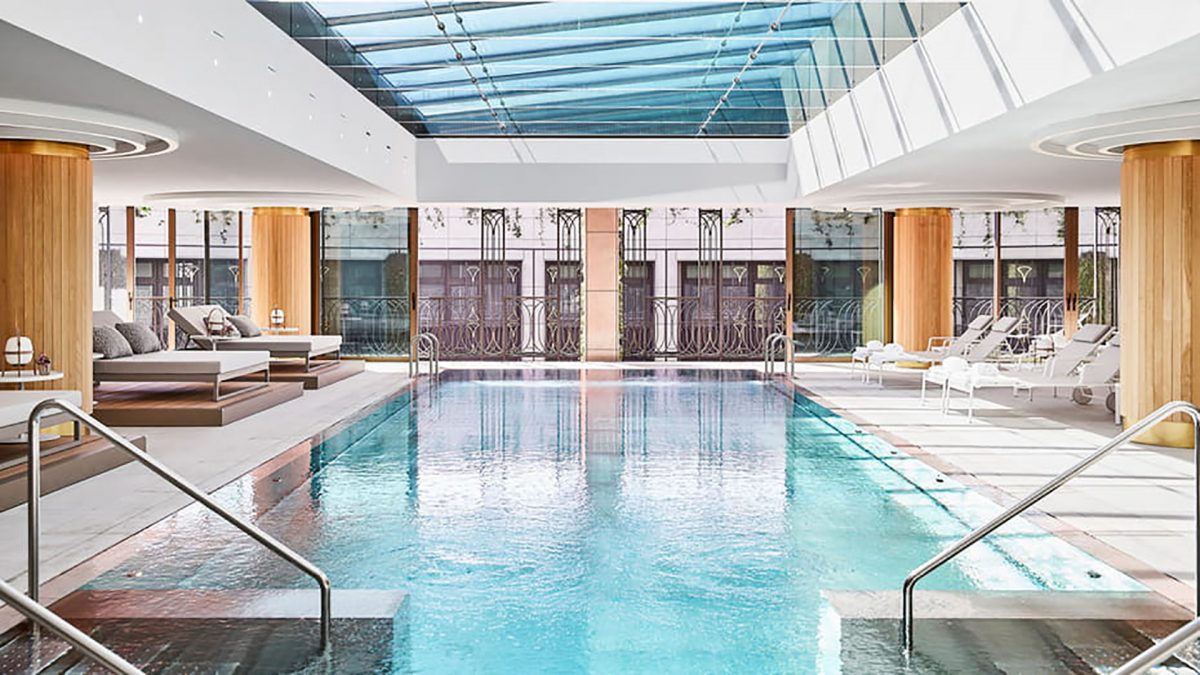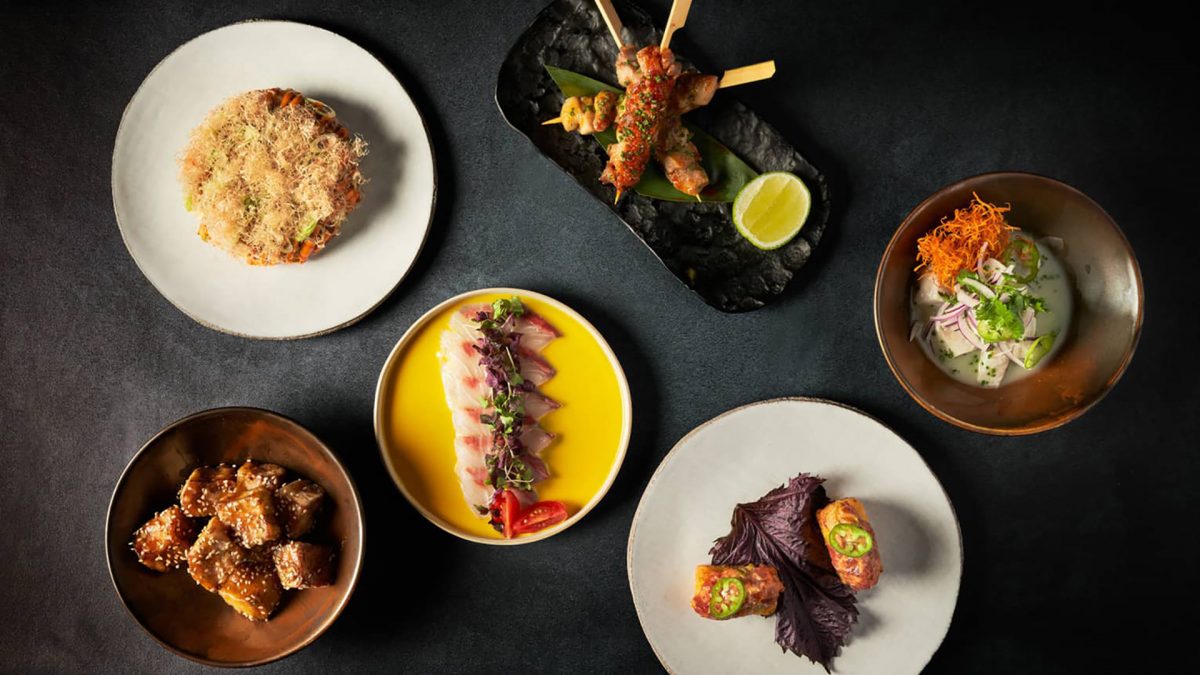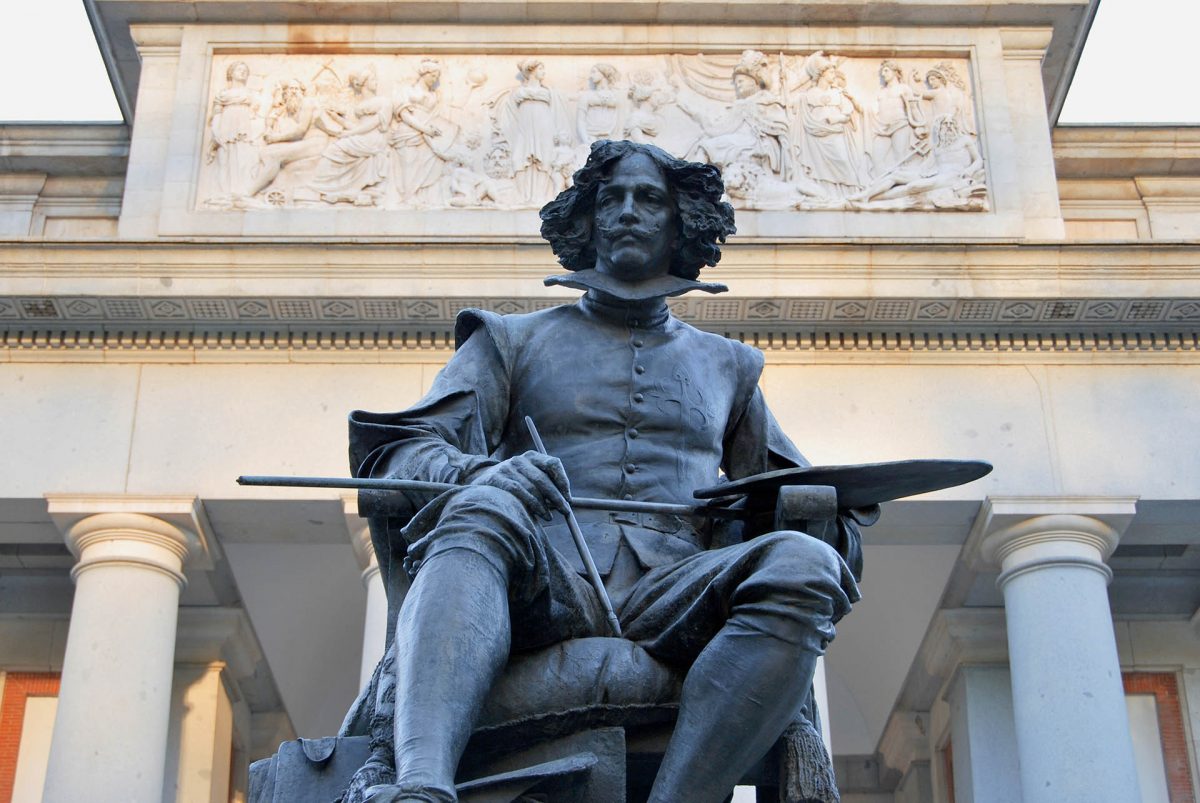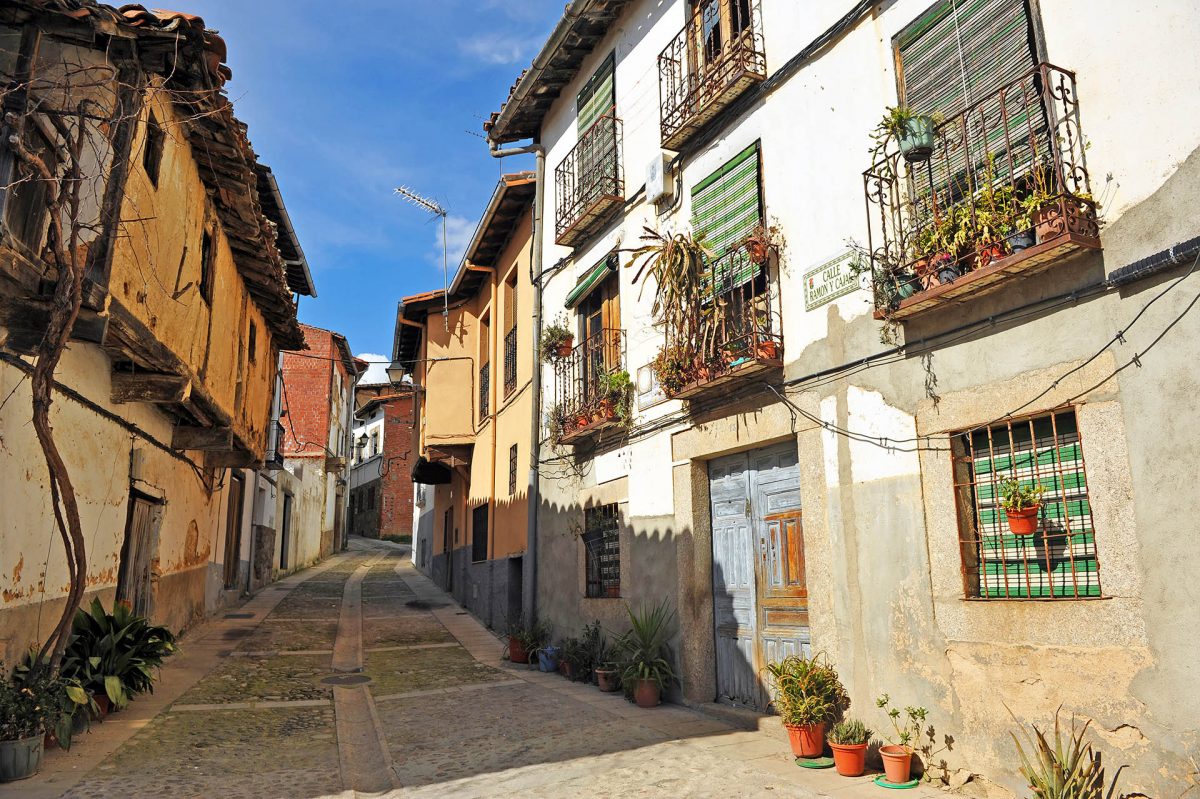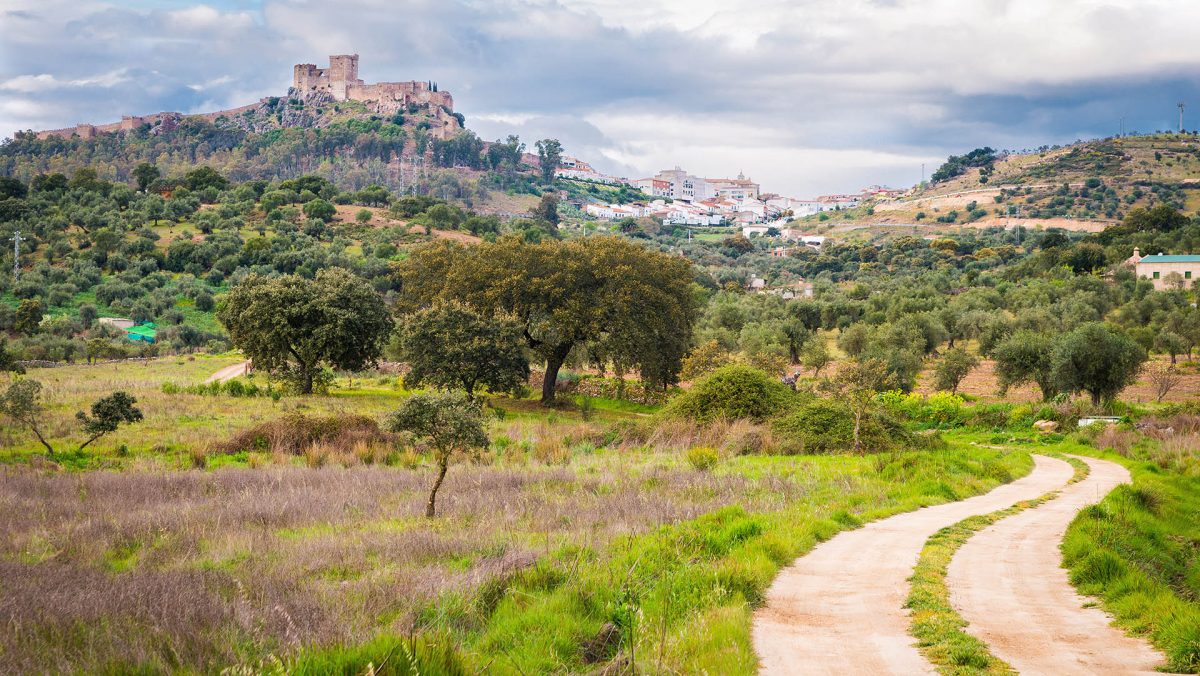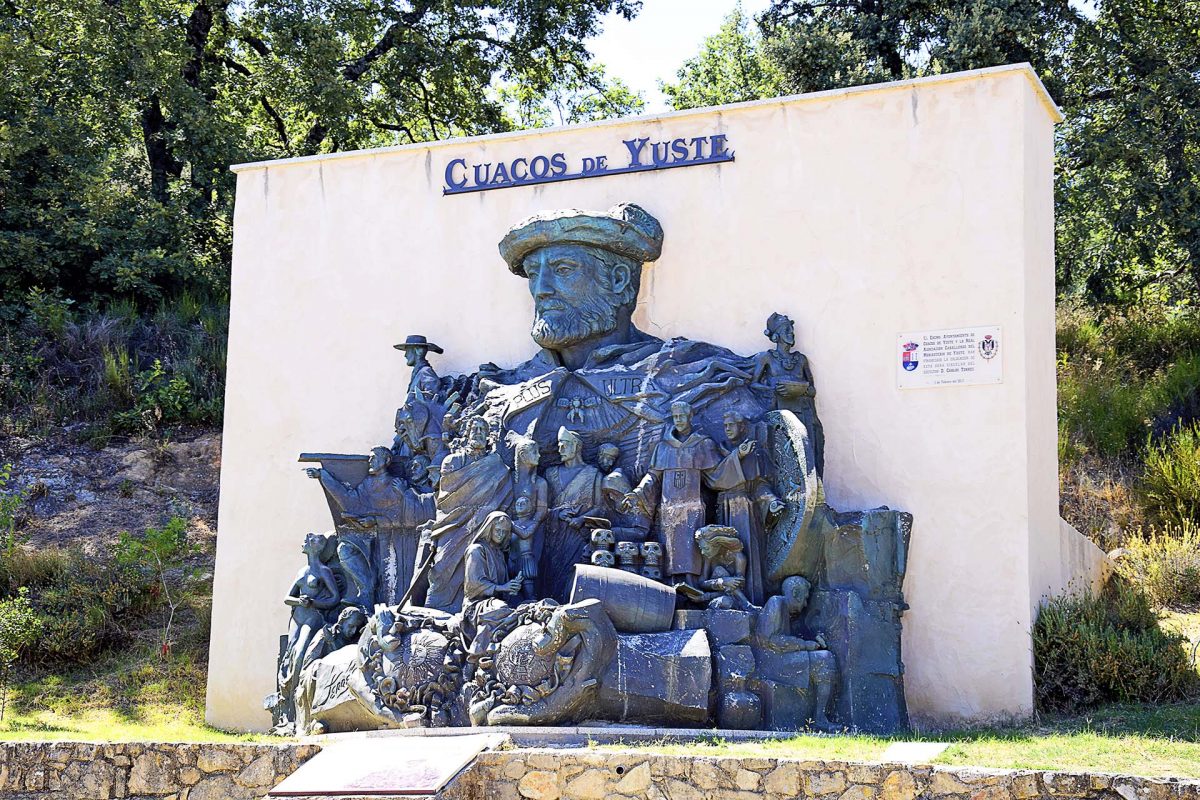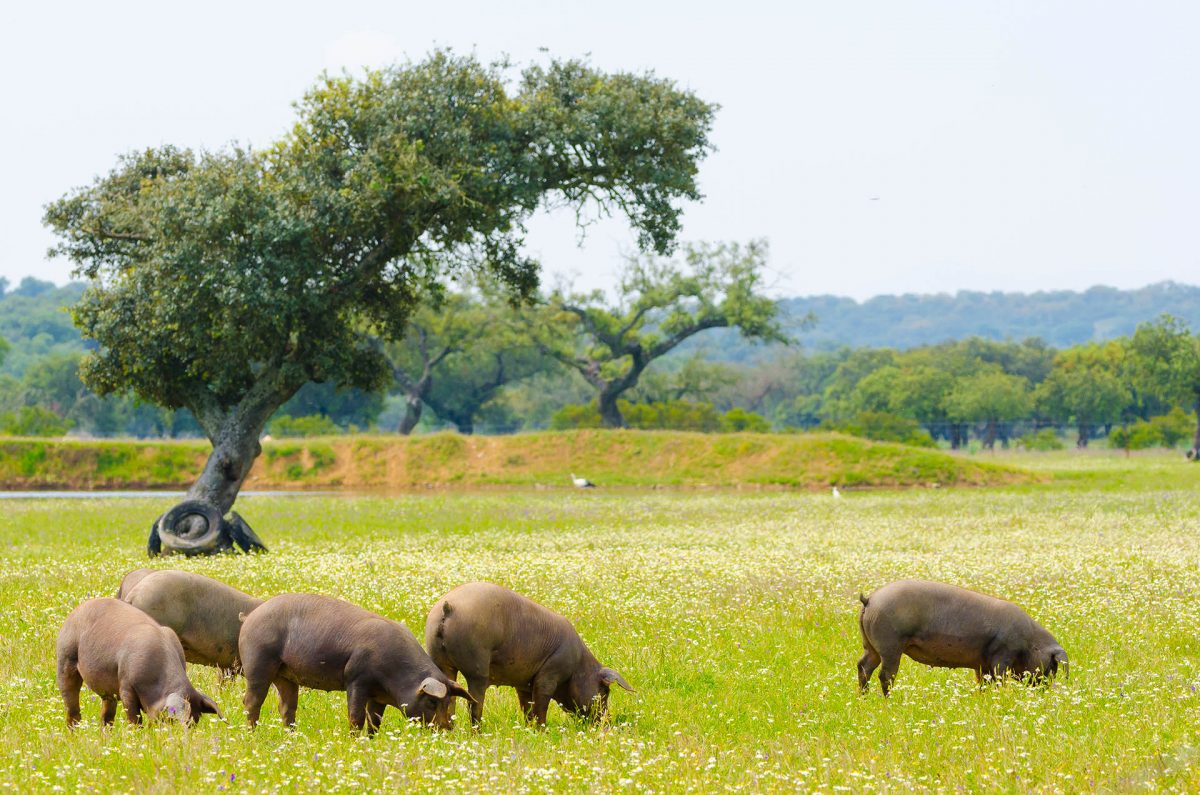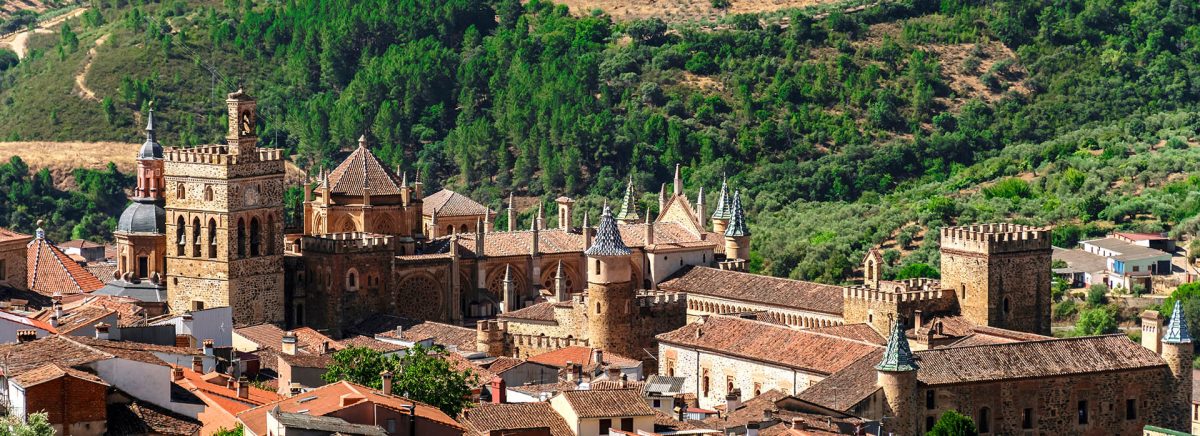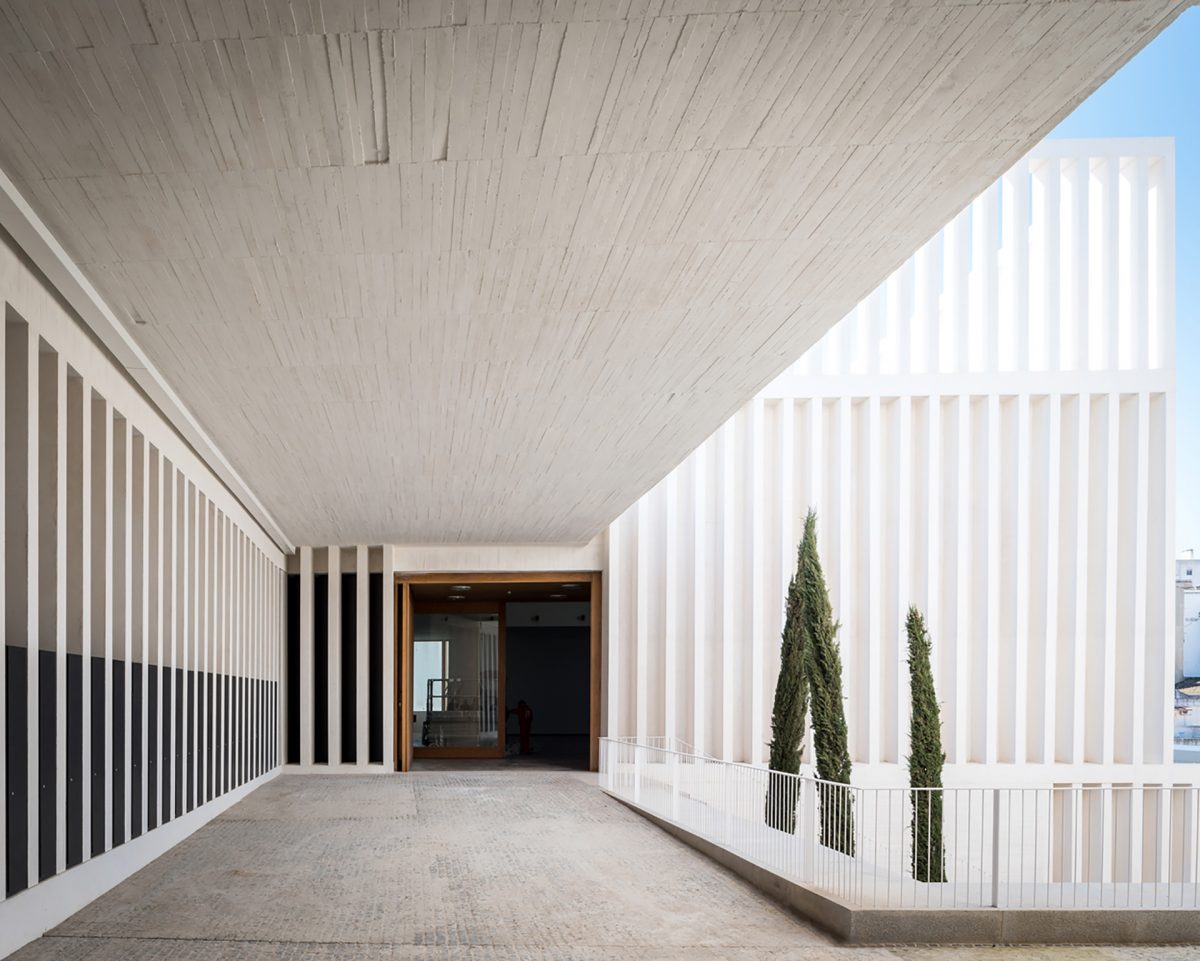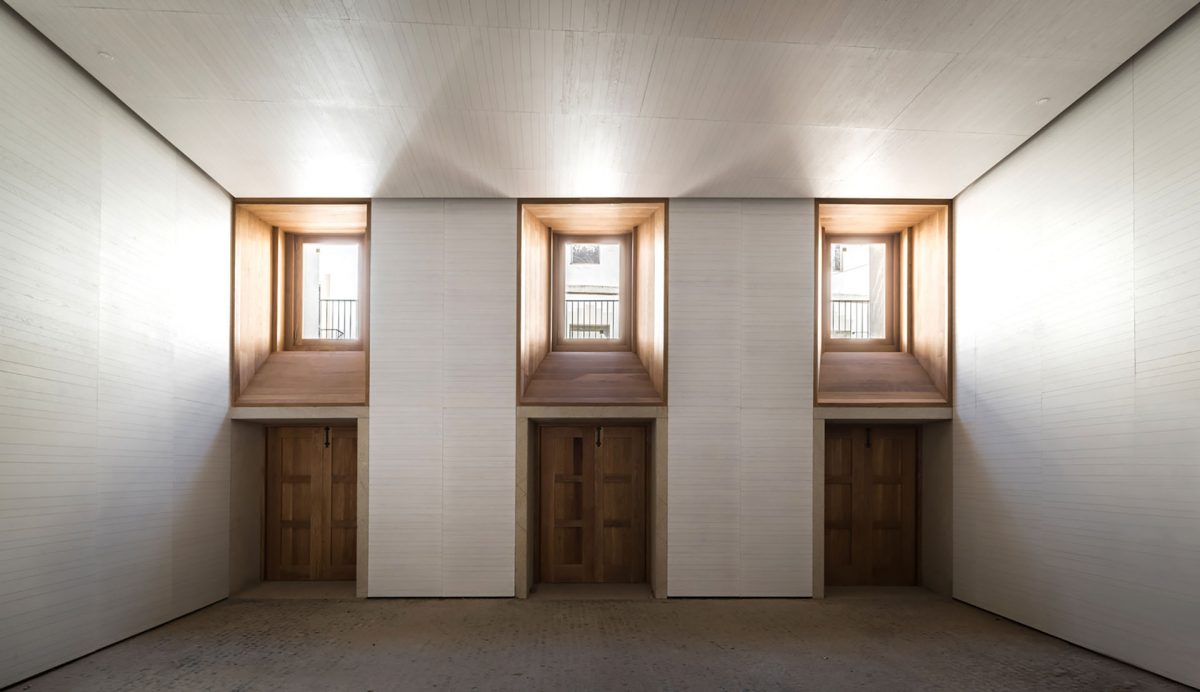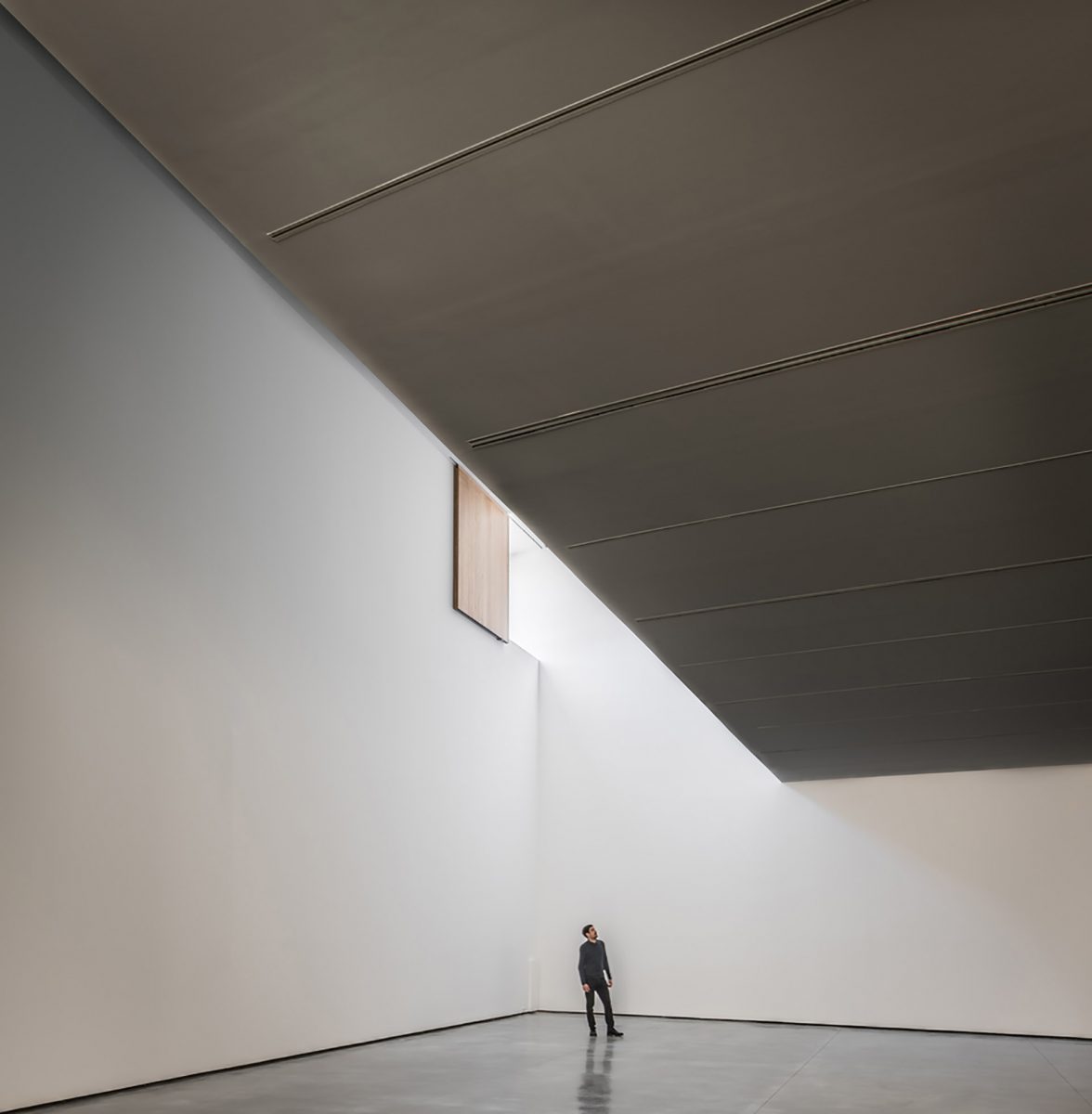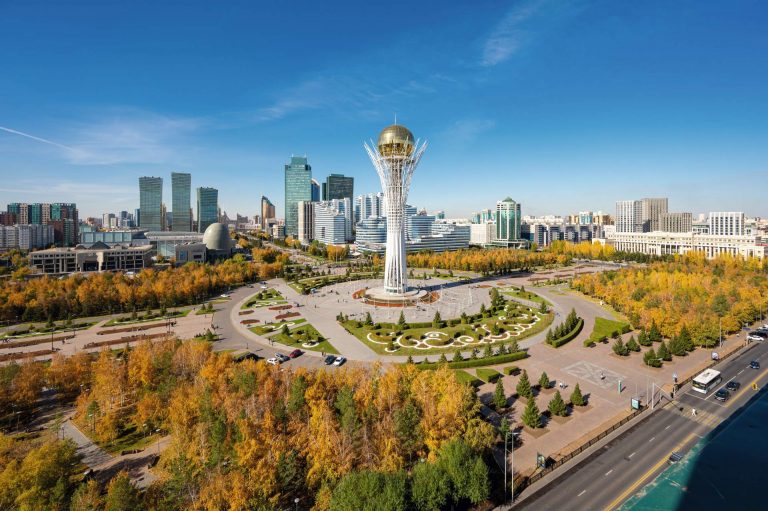Fiesta after the pandemic
Spain remains Spain. Madrid remains Madrid. Yes, the Spaniards put on masks. The sunlight that seems to reach the consistency of sherry, the sky as if from El Greco paintings, the smell of coffee, jamón and olive oil are all still there. The Gran Via is still awake until dawn. Plaza Mayor and Puerta del Sol are not as crowded as in pre-dawn times, but quite lively. The terraces are full – Spaniards and tourists (yes, there are tourists too) enjoy the long-awaited opportunity to enjoy churros, tortillas and relaxed conversation from morning until late at night.
Everything is now open in Madrid: restaurants and bars (not just the terraces), museums, shops (including the boutiques on Serrano and Claudio Coelho Streets and the Las Rozas Village outlet) and football stadiums. A mask is needed everywhere, including outdoors. Take a break from it at a table on the terrace – that’s also the secret to a full house.
Hotels welcome online checking in so that guests have less interaction with staff. During breakfast, you are likely to be asked to stay away from the buffet, and everything will be brought by the waiter.
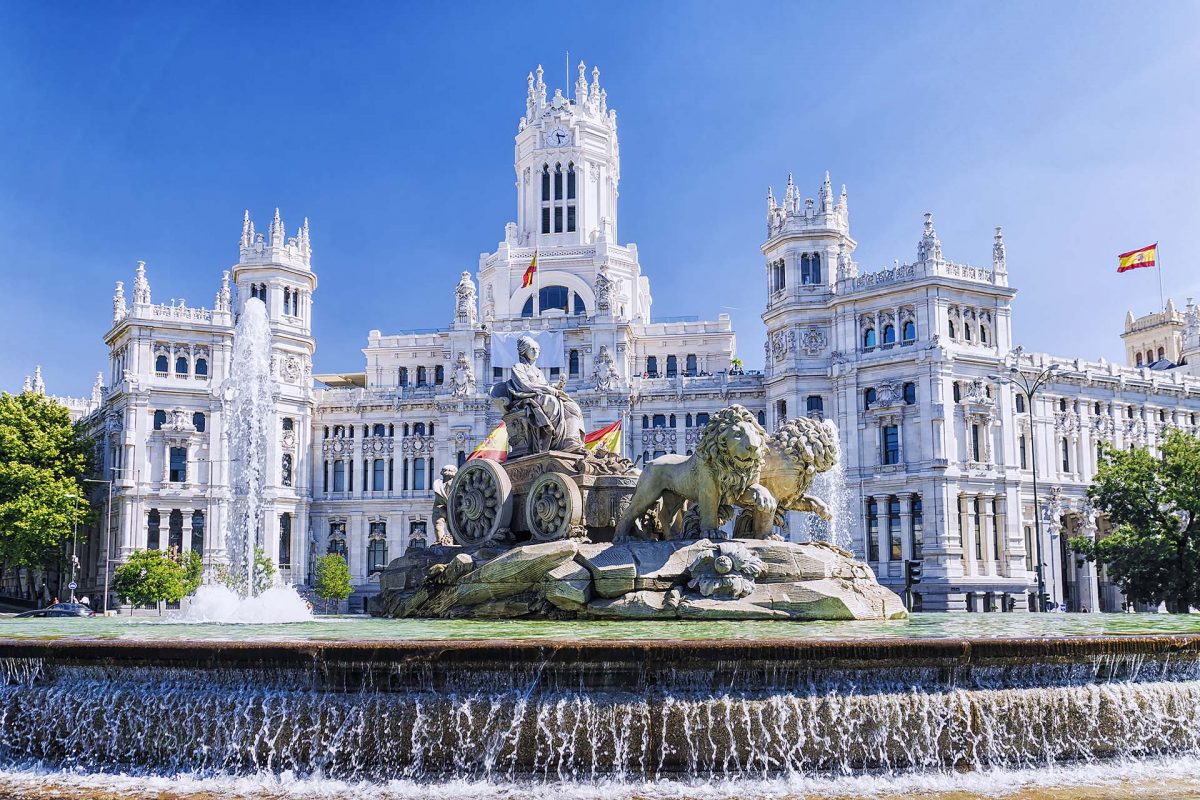
The new five-star
The windows of some hotels in the centre of Madrid are unusually dark at night, with touching signs on the doors: “We are closed, but we will be back soon. At the same time, new luxury hotels are opening in style and glamour (like at a flamenco concert: the tragic cante hondo sounds and then the scarlet flounces on the dancer’s dress proclaim the eternal celebration of life). Pandemic? So what? The sparkling cava is cold, the blue sky over Madrid is high.
The newest of the five-star hotels, the Mandarin Oriental Ritz, opened only recently, in April. However, the “newborn” is actually a long-time resident with a 110-year history. Ritz was built in Madrid in 1910. The idea belonged to King Alfonso XIII. Mata Hari lived in the Ritz during the First World War. The young Salvador Dali would come here for a drink when he was a student, and when he was already famous he would dine with his wife Gala. Great guests at the Ritz Madrid include Hemingway and Sarah Montiel, Alexander Fleming and Madonna. Since 2018, the hotel, owned by the Mandarin Oriental group, has been under renovation under the direction of architect Rafael de La Hoz. The hotel now has 153 rooms. Three restaurants – Deessa, Palm Court, El Jardín del Ritz – and two bars are run by Quique Dacosta (his restaurant Quique Dacosta in Mediterranean Denia has been awarded three Michelin stars). Each restaurant also has its own chef, all from Spain. The sommelier is Silvia Garcia Guijarro, who has selected the finest sparkling wines from Spain and France for the Champagne Bar.
Four Seasons in a historic building in the centre of Madrid opened in September 2020, which, you understand, looked like the optimism of a torero flashing his traje de luces in front of the sweeping bull of pandemic. Dani Garcia is in charge of gastronomy here. He recently closed his three-Michelin-starred Andalusian restaurant; now, in addition to Dani, Four Seasons connoisseurs of southern Spanish cuisine book tables at Bibo in Madrid, Marbella or Tarifa and at Lobito Del Mar, again in Madrid and Marbella. At the panoramic Dani rooftop restaurant at the Four Seasons Hotel, a separate menu chapter is dedicated to tuna from Barbate, a fishing town in southern Spain on the Atlantic coast.
A four-level spa, an outdoor pool under the Spanish sun and a separate entrance to the Canalejas gallery with boutiques of Spanish and international brands… All in all, the choice between the new hotels is difficult!
By the way, of the capital’s new bars, Manero on Via Claudio Coelho, near Puerta de Alcala, Piazza Cibeles and Retiro Park is worth mentioning.
Velazquez is in the original and the virtual
The main museums in Madrid – the Prado, the Reina Sofia Art Centre and the Thyssen-Bornemisza Museum, which this year celebrates Baron Thyssen’s centenary with numerous exhibitions (including a collection of early Renaissance decorative arts collected by his father) – are not as crowded as before. The most popular exhibitions sell tickets at certain times, and numbers in the halls are limited, so it’s best to plan your visit well in advance and buy tickets online. Masterpieces from the permanent exhibitions can be seen at any time.
The renovated Maritime Museum is worth a visit. The all-new Velazquez Tech, which showcases the work of Velazquez, and especially his classic painting “The Meninas” (the original, in the Prado), through new technologies is worth a visit also.
Extremadura is the land of the jamón
Extremadura is very far away by Spanish standards. By Russian standards, of course, it is quite close. It is three hours by car on an excellent road from Madrid. However, this is if you do not stop anywhere. Which is unrealistic, there are so many interesting things to see on the way. It all depends on determination and time to travel. So yes, it takes willpower to drive in the opposite direction from the beach in summer. Extremadura is a different kind of Spanish delight.
Jamón is where the Iberian pigs graze (although not exclusively), which will later become the country’s main gastronomic attraction. However, do not limit yourself to the jamón. Try the chorizo of wild boar and deer, and the pig “cochinito cochifrito”.
There is Cherry Valley Herte. The whole of Spain comes here in early spring, when the slopes are covered in a mantilla of marshmallow pink delicate flowers. Who says only the Japanese have a tradition of cherry-picking? And then the whole of Spain eats and praises fresh cherries from Valle del Jerte.
Nearby is the pepper Valley Vera. Pimentón, specially dried and smoked with oak smoke, is distributed to restaurants and supermarkets from here. Without pimentón, you can’t make a proper Galician-style octopus or spicy patatas bravas, chorizo and sobrasada.
In the Vera Valley, visit the majestic monastery of Juste, where King Carlos I of Spain, Holy Roman Emperor Charles V, spent his last years of life in the 16th century. Stroll through the town of Cuacos de Juste, admiring the flower-filled balconies and fountains in the miniature squares and having coffee in the Plaza Mayor (the name of the main square in almost every Spanish town, starting with Madrid).
Paradors and conquistadors
The Plasencia is a good time (and place) to get to know the Paradors. It’s a national chain of hotels located in castles, monasteries, palaces, in unique landscapes or in the heart of ancient cities. Guests are accommodated in a five-star hotel, an architectural monument or even a museum at the same time. The first paradors appeared in Spain in 1928; there are now 97. The parador in Plasencia is a former Dominican monastery from the XV century, and the rooms are still called cells. There is no asceticism, just comfort. Surrounding the parador are churches, rich palaces, sun-heated pavements and a fortress wall.
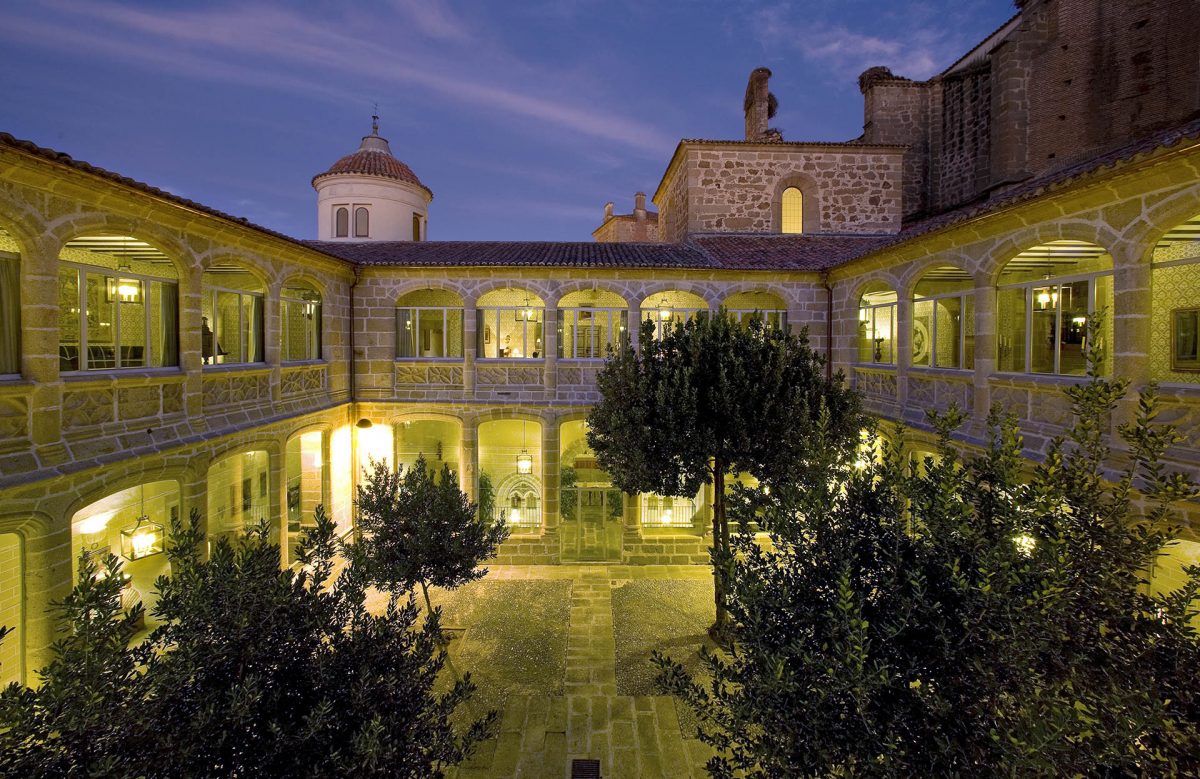
Caceres is the provincial capital to which all these beautiful sites belong. Listed as a UNESCO World Heritage Site, you’ll see why: it is not a city, but a time machine, a portal to the Middle Ages and Renaissance, the Reconquista and the Conquista.
Both historical processes are controversial in modern Spain. Conquistadors are increasingly referred to as descubridores, that is, discoverers, in tourist guides to Extremadura, which is also true. Many of the first Europeans to discover the New World, discovered by Columbus, came from poor, rural Extremadura. This included the most famous of the conquistadors, Francisco Pizarro and Hernán Cortés.
A new attraction has been added this year to Caceres’ timeless treasures such as the Cathedral of Santa María, the palaces of Veletas and Golfinhos, the Bujaco Tower and dozens of other monuments. It is the Helga de Alvear Contemporary Art Museum with 5,000 square metres of paintings, drawings, sculpture and photography, from Goya and Picasso, Kandinsky and Klee to Ai Weiwei. Now for the public are about 200 works from the private collection of Helga de Alvear, recognized as one of the best and largest in Europe.
Well, that’s enough of an experience for a first look at Extremadura. If not, conquistadorial Trujillo, ancient Mérida and Templar’s Jerez de los Caballeros lie ahead…
Photo: fourseasons.com, archdaily.com, mandarin-oriental.ru, shutterstock, wikipedia.org


